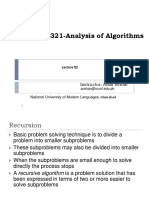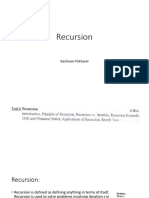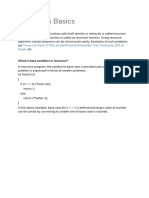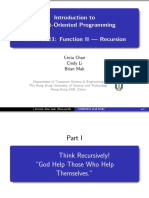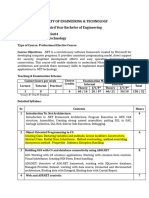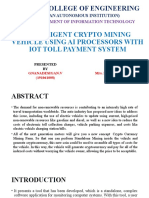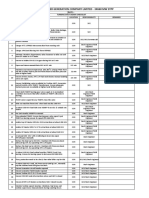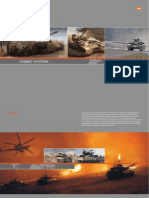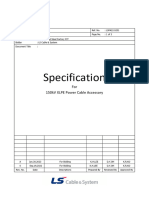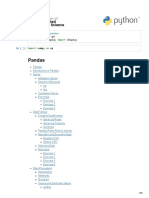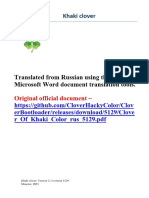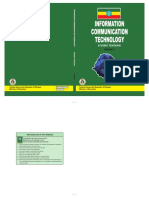0% found this document useful (0 votes)
42 views33 pagesRecursion and Algorithms Guide
This document discusses recursion and provides examples of recursive functions including:
1) Factorial, which is defined recursively as n! = n * (n-1)! for n > 0 and n! = 1 for n = 0.
2) Binary search, which searches a sorted array by recursively checking either the lower or upper half of the array.
3) Fibonacci numbers, where each number is the sum of the previous two, defined recursively as Fib(n) = Fib(n-1) + Fib(n-2).
Uploaded by
Sanskar SethCopyright
© © All Rights Reserved
We take content rights seriously. If you suspect this is your content, claim it here.
Available Formats
Download as PDF, TXT or read online on Scribd
0% found this document useful (0 votes)
42 views33 pagesRecursion and Algorithms Guide
This document discusses recursion and provides examples of recursive functions including:
1) Factorial, which is defined recursively as n! = n * (n-1)! for n > 0 and n! = 1 for n = 0.
2) Binary search, which searches a sorted array by recursively checking either the lower or upper half of the array.
3) Fibonacci numbers, where each number is the sum of the previous two, defined recursively as Fib(n) = Fib(n-1) + Fib(n-2).
Uploaded by
Sanskar SethCopyright
© © All Rights Reserved
We take content rights seriously. If you suspect this is your content, claim it here.
Available Formats
Download as PDF, TXT or read online on Scribd
/ 33



